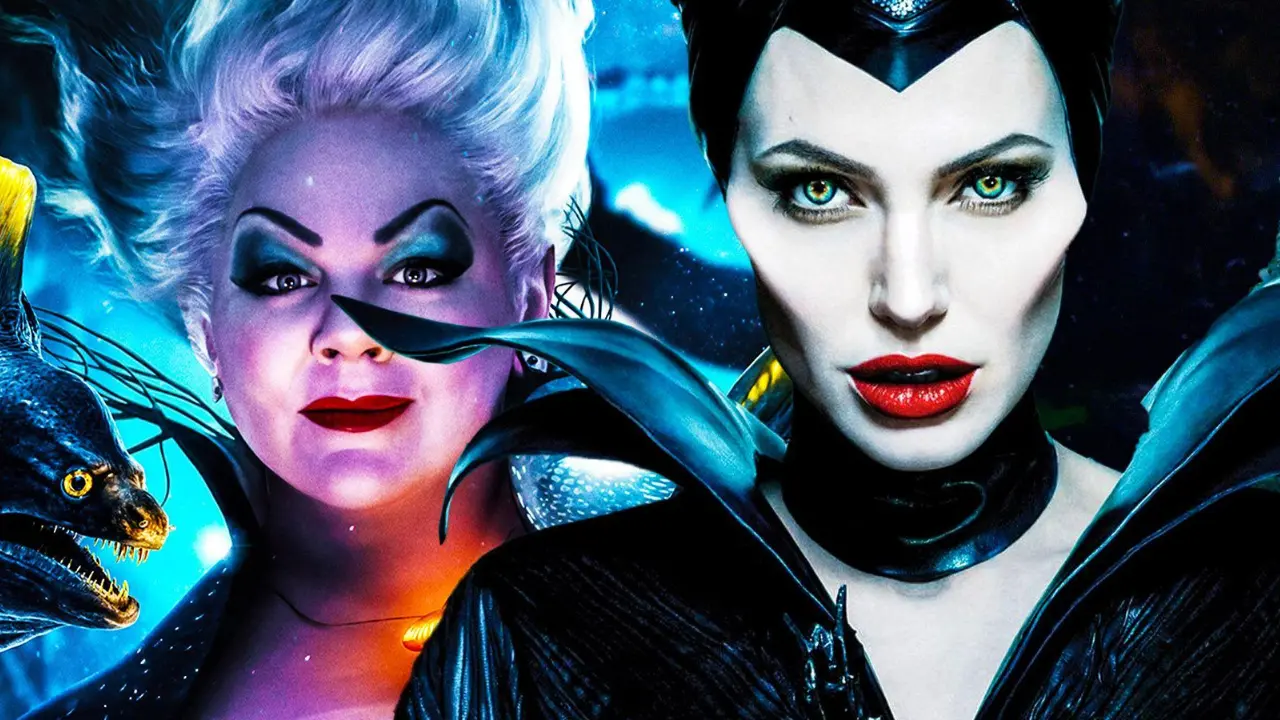The tale of Cinderella has captivated audiences for centuries with its themes of transformation, perseverance, and the power of true love. However, in recent years, there has been a rise in modern retellings and reimaginings of Cinderella that challenge the traditional narrative and offer fresh perspectives. This article, will explore the concept of “Bad Cinderella” and the evolving portrayals of this iconic character in contemporary adaptations.
-
Subverting the Traditional Narrative
Flawed and Complex Protagonists
In “Bad Cinderella” adaptations, the main character is portrayed as more than just a passive victim waiting for her prince to rescue her. She is flawed, multidimensional, and often challenges societal expectations. This reimagining seeks to empower Cinderella by giving her agency and showcasing her strength and resilience.
Diverse and Inclusive Representations
Modern retellings of Cinderella often strive to be more inclusive and diverse, presenting characters from various cultural backgrounds, body types, and identities. These adaptations challenge the traditional notion of beauty and highlight the importance of embracing one’s unique qualities.
-
Empowering Themes and Messages
Self-Discovery and Empowerment
“Bad Cinderella” narratives focus on self-discovery and personal growth, emphasizing the importance of inner strength and self-belief. The protagonist learns to embrace her individuality, make her own choices, and define her destiny, rather than relying solely on external validation or a prince charming.
Breaking Stereotypes and Challenging Norms
These adaptations often challenge societal stereotypes and gender norms. They highlight the significance of equality, independence, and pursuing dreams beyond societal expectations. By defying conventional gender roles, “Bad Cinderella” narratives inspire audiences to question and challenge existing norms.
-
Contemporary Settings and Relevance
Modern Contexts and Issues
“Bad Cinderella” adaptations often place the story in contemporary settings, making it more relatable to modern audiences. This allows for exploring relevant social issues such as class inequality, body image, and empowerment. By addressing these topics, these adaptations spark conversations and encourage critical thinking.
Relevance to Young Audiences
These reimaginings of Cinderella resonate particularly with young audiences navigating their identities and facing societal pressures. By presenting characters who overcome obstacles and stay true to themselves, “Bad Cinderella” narratives provide empowering role models and promote messages of self-acceptance and resilience.
Conclusion
The emergence of “Bad Cinderella” adaptations signifies a shift in the portrayal of the classic fairy tale character. These modern retellings and reimaginings aim to empower Cinderella, presenting her as a multidimensional protagonist who defies stereotypes and challenges societal norms. By subverting the traditional narrative and addressing relevant issues, these adaptations offer fresh perspectives and inspire audiences to embrace their individuality, pursue their dreams, and rewrite their own stories.



